Vietnamese scientists have identified 24 gene mutations related to autism spectrum disorder (ASD) in children, helping to detect the disease early for targeted intervention.
The information was given by Mr. Do Manh Cuong, a biotechnology and pharmaceutical expert at Convetry University (UK) at the seminar Understanding Autistic Children from a Genetic Perspective , on April 6 on the occasion of World Autism Awareness Day .
This discovery is the result of genetic analysis of 254 autistic children over the years at Hue Central Hospital. Scientists have discovered 24 gene mutations closely related to autism spectrum syndrome. Some other mutations are related to autistic traits or other neurodevelopmental disorders such as intellectual disability, language and behavioral disabilities, hearing loss, etc.
"This is an initial study to name common mutations in autistic children in Asia in general and Vietnam in particular," said Mr. Cuong, adding that from these mutations, scientists compared them in the gene library to see how common they are and what their level of impact is.
Mr. Cuong said the purpose of the research is to identify genes related to autism, thereby predicting early symptoms for more targeted intervention.

Children attend a meditation course at a pagoda in Vinh Phuc. Photo: Thuy An.
Associate Professor, Dr. Ton Nu Van Anh, Deputy Head of the Department of Autistic Pediatric Neurology, Hue Central Hospital, said that autism is a behavioral developmental disorder that can affect children's basic skills such as communication and development of social relationships, learning skills, and daily activities. Studies around the world show that 40-80% of autism is genetic. Most autistic children carry mutated genes. This is also the reason why children with siblings with autism are at higher risk of facing this disorder than other children, especially twins.
The World Health Organization estimates that one in 100 children have ASD, with a higher rate in boys. In 2018, researchers in the US estimated that one in 44 8-year-olds had ASD. Currently, Vietnam has no official research on the number of people with autism. Statistics from the Ministry of Labor, War Invalids and Social Affairs 10 years ago showed that about 200,000 Vietnamese people had autism.
Currently, autism diagnosis in children is often delayed, leading to missing the golden period of the first 3 years of life and the next 3 years. The consequence is to narrow the beneficial impact of interventions and increase the economic and psychological burden on families.
Dr. Bui Thanh Duyen, Scientific Director of Genetica, said that to date, world scientists have discovered more than 100 genes that affect autism spectrum disorder and play a role in maintaining the structure and function of the brain. Mutations in these genes will increase the risk of autism spectrum disorder in a person.
According to experts, the most important thing is still early diagnosis and intervention during the golden period. Combining genetic testing with early autism diagnosis is a step forward for families and doctors to promptly monitor, detect and intervene for children.
"Lifestyle intervention and new psychological therapy are the core to help children speak, walk, interact with other children and reintegrate into the community. The best time to intervene and treat children with autism is under 5 years old," said Dr. Duyen.
Le Nga
Source link


![[Photo] Prime Minister Pham Minh Chinh receives Mr. Jefferey Perlman, CEO of Warburg Pincus Group (USA)](https://vstatic.vietnam.vn/vietnam/resource/IMAGE/2025/4/18/c37781eeb50342f09d8fe6841db2426c)







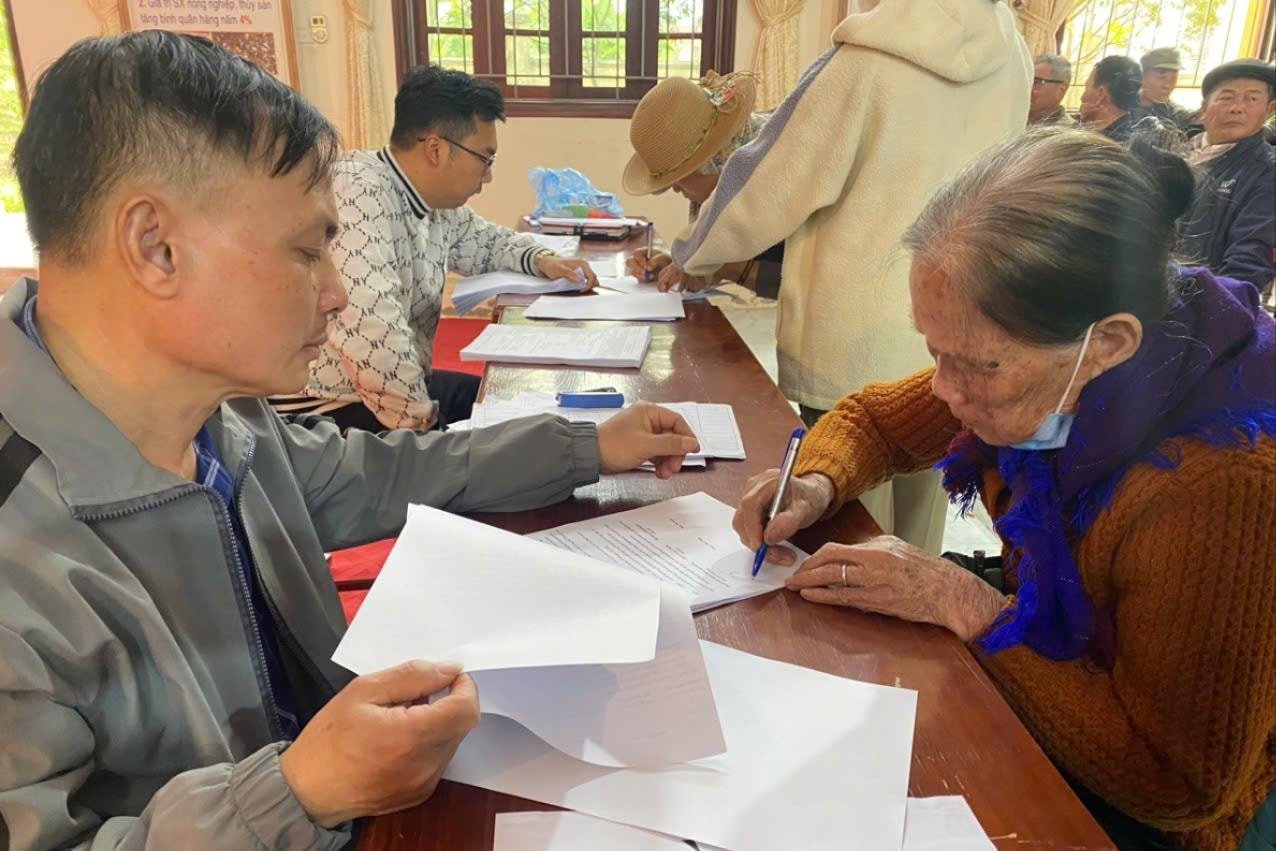
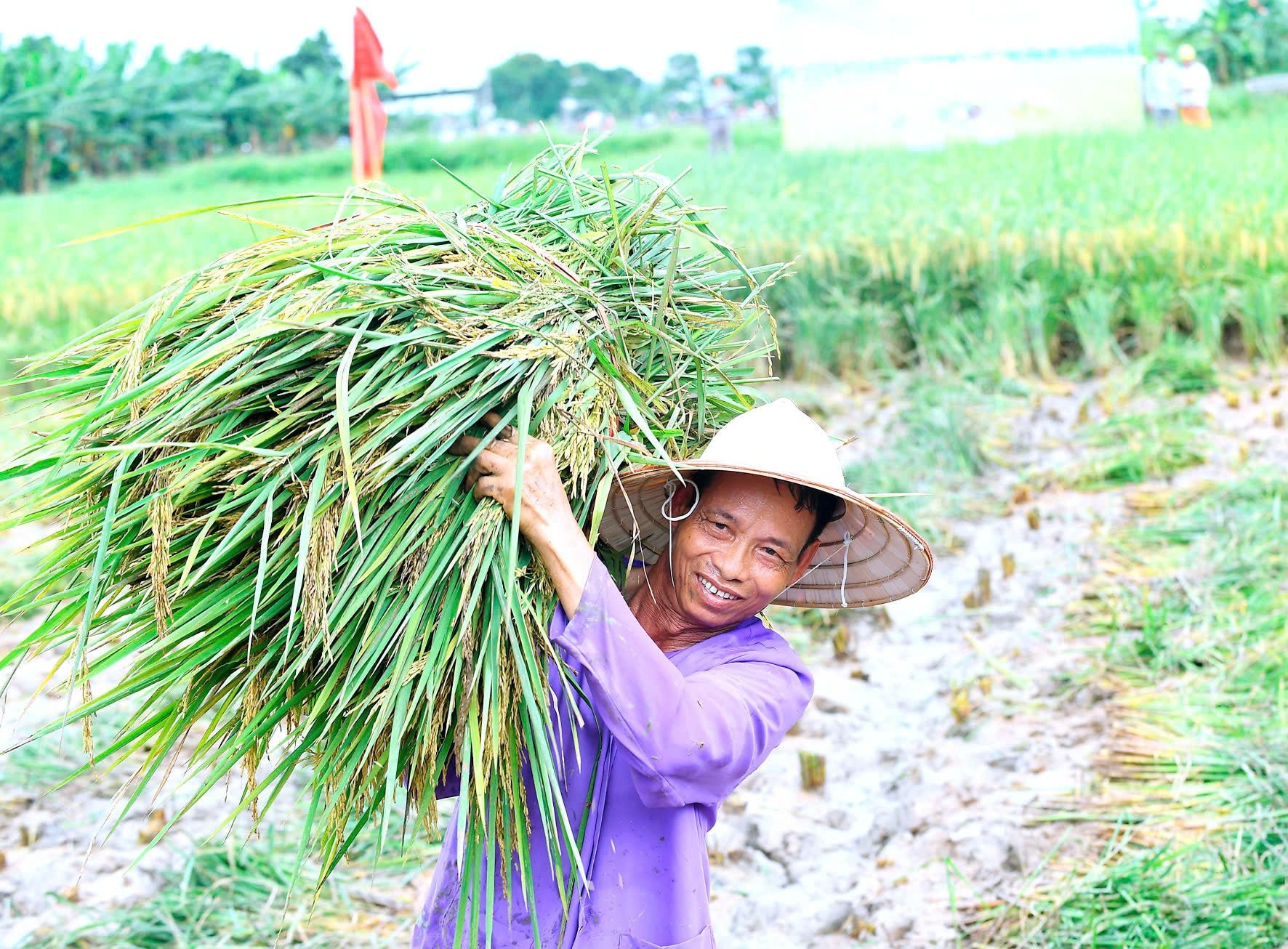
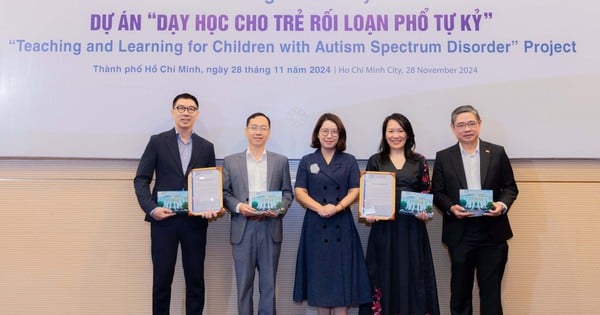

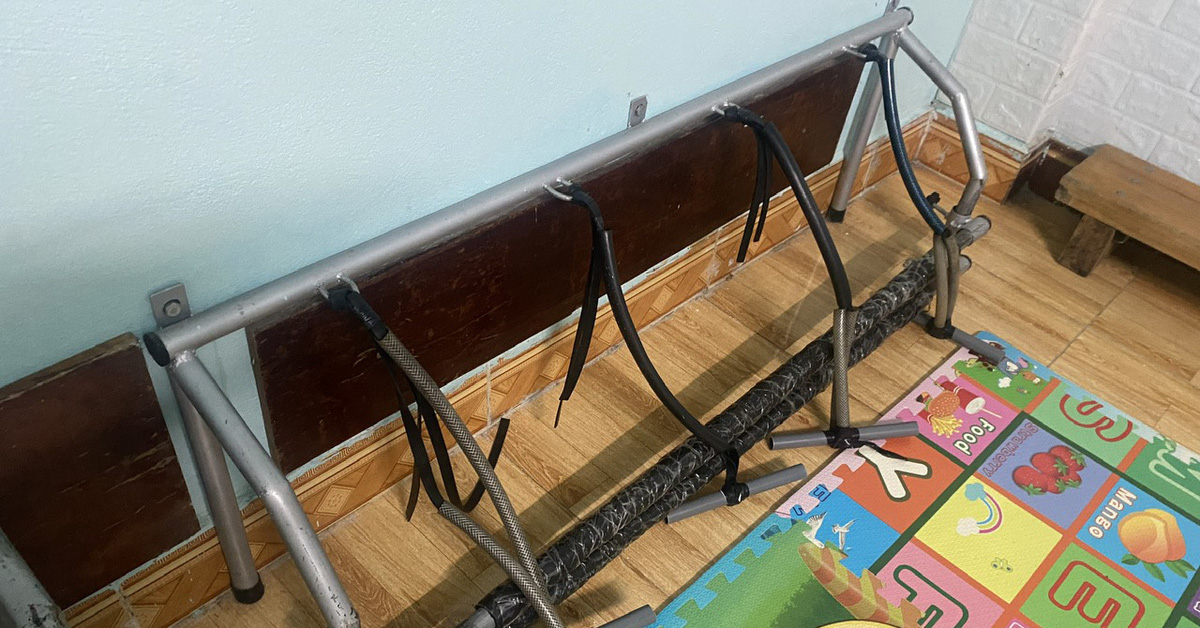


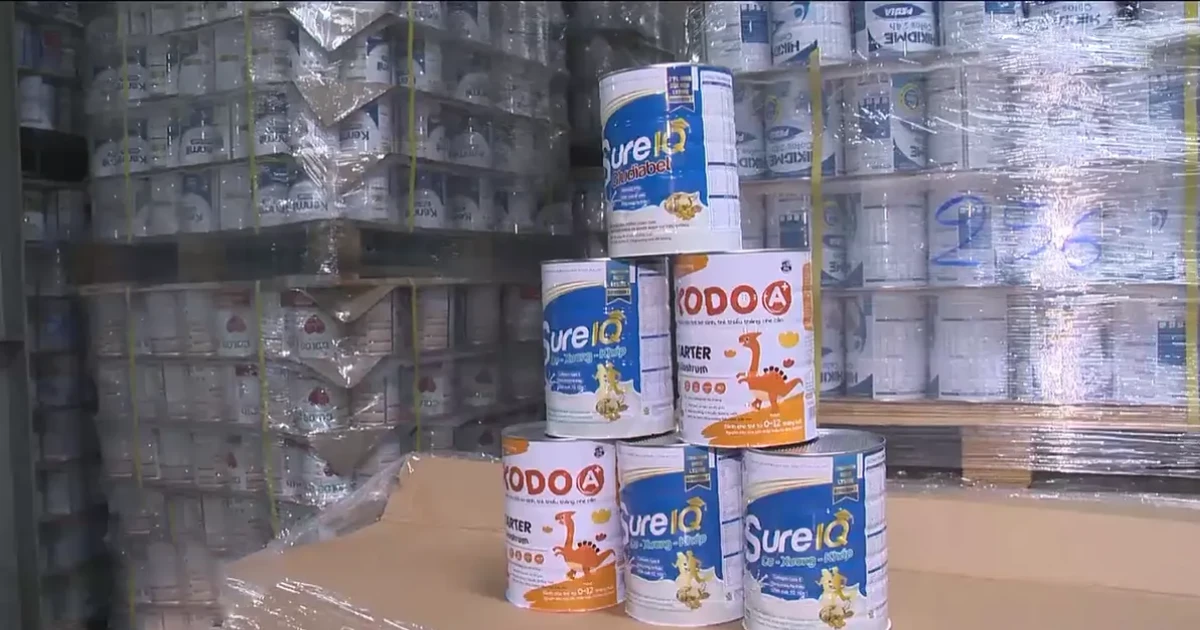


































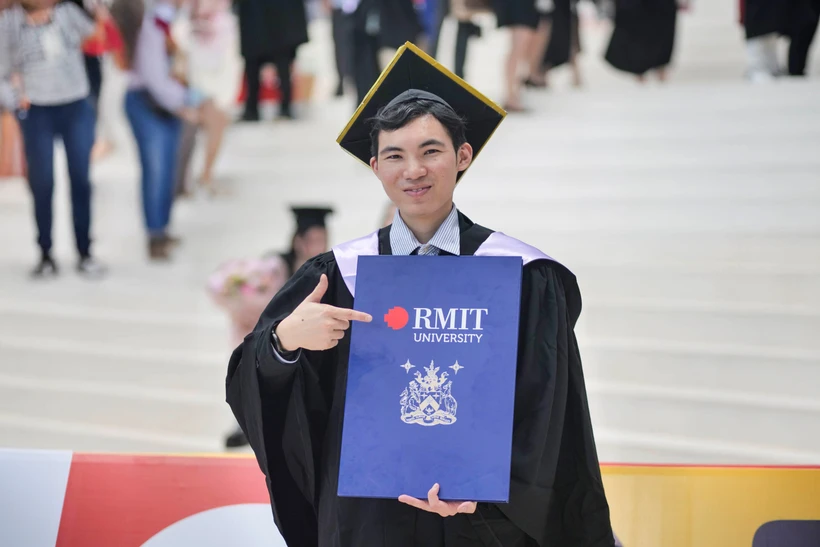





















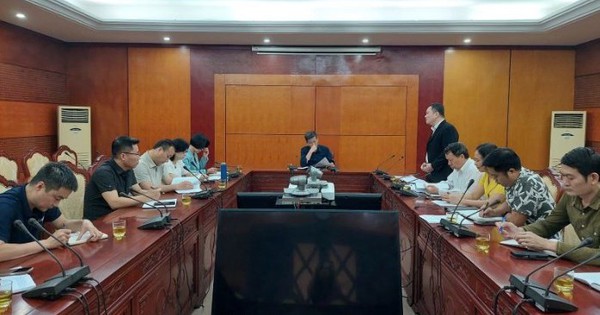




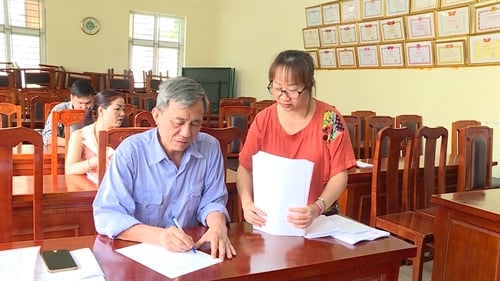







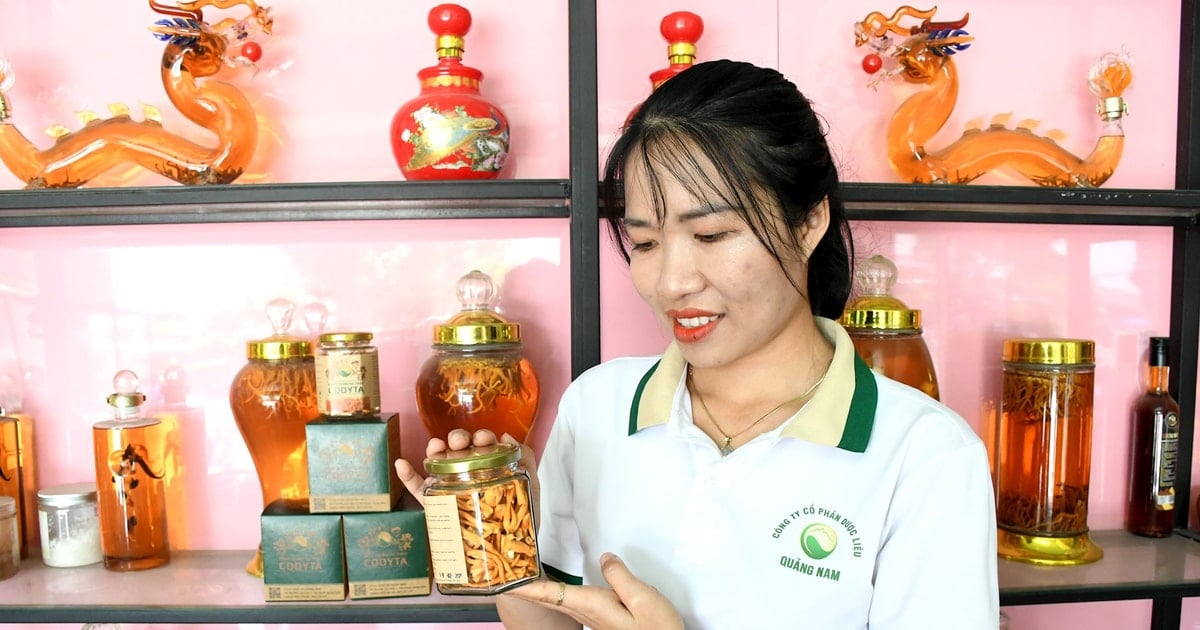



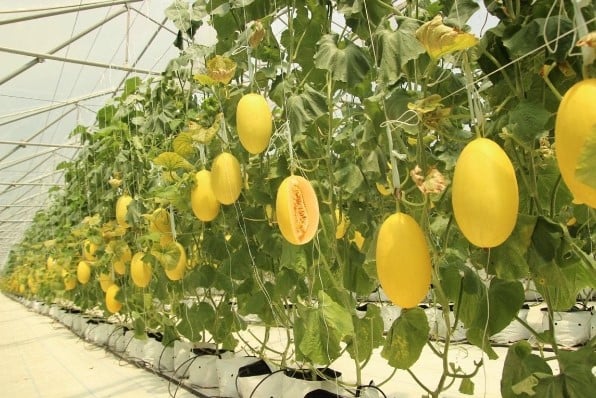



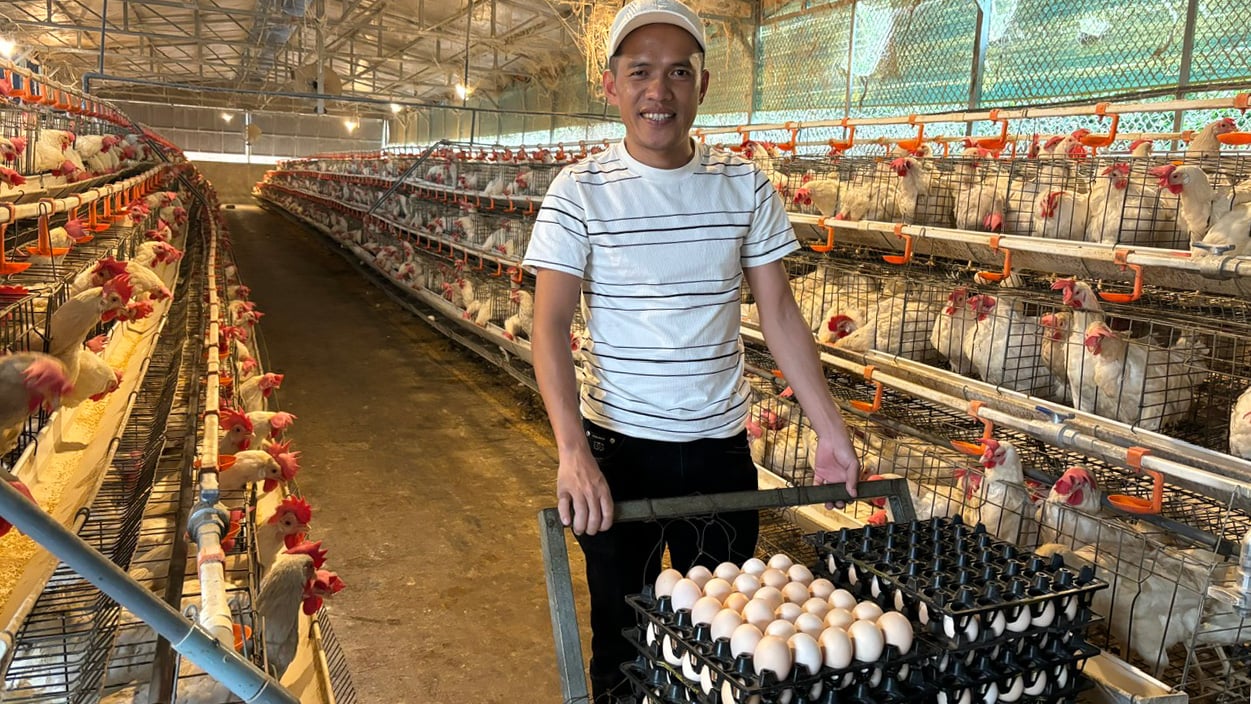

Comment (0)